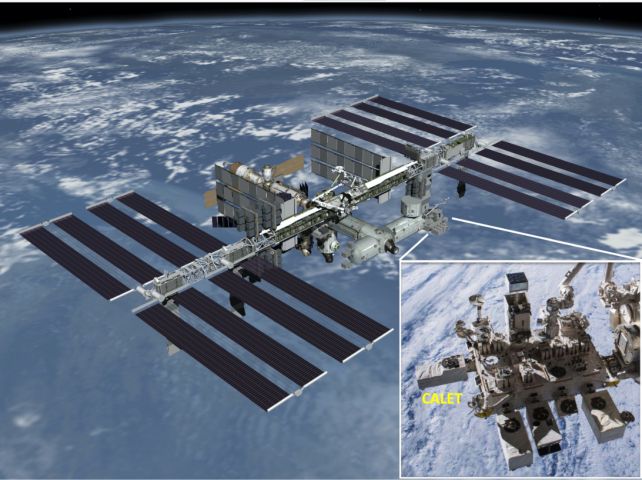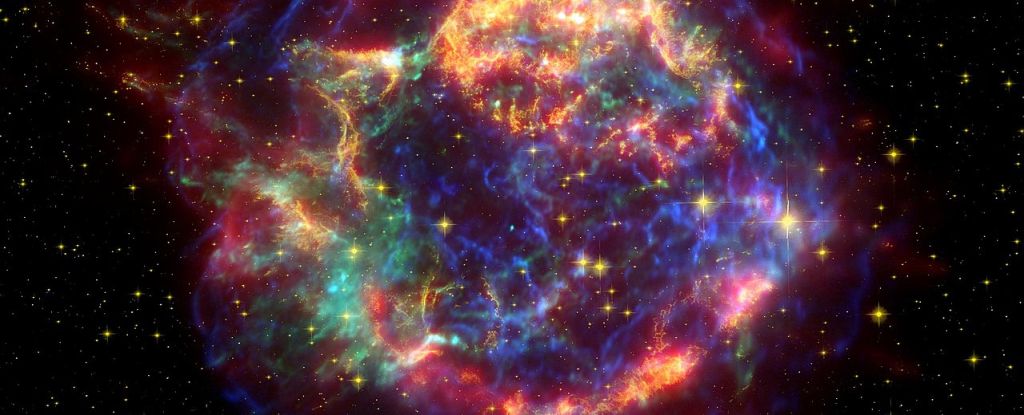Discovering the most energetic cosmic-ray electrons ever detected provides essential insight into the source of these puzzling particles. Since 2015, over 7 million particles have struck the CALorimetric Electron Telescope (CALET) secured to the International Space Station, revealing a substantial dataset. Scientists are now pointing to at least one nearby source of cosmic-ray electrons – and maybe more.
“The most exciting part is seeing things at the highest energies,” astrophysicist Nicholas Cannady of the University of Maryland Baltimore County and member of the CALET Collaboration said. “We have some candidates above 10 teraelectronvolts – and if it is borne out that these are real electron events, it’s really a smoking gun for clear evidence of a nearby source.”
Cosmic rays have been known to humanity for over a century, yet their source has mostly remained a mystery. However, these tiny, high-powered, fast-traveling particles could potentially come from a number of sources, with supernova remnants being the most likely explanation so far.

Theoretical annihilation of dark matter is another potential source, prompting physicists to study and understand them. Detecting these particles is quite challenging, but the space-based CALET experiment enables direct detection of cosmic rays, even at high energies.
High-energy electron detectors often struggle with interference, but the CALET project utilized new methods to filter out errors, leading to the detection of electron cosmic rays up to 7.5 teraelectronvolts, expanding the range of the data.
Interestingly, at the highest energies, cosmic rays seem to increase rather than decrease, leading to the possibility that they must be coming from a relatively close location. The team believes that continued observation will help clarify the origin further.
“These CALET observations open the tantalizing possibility that matter from a particular nearby supernova remnant can be measured at Earth,” physicist T. Gregory Guzik of Louisiana State University, leader of the US branch of the CALET Collaboration, said. “Continued CALET measurement through the life of the International Space Station will help shed new light on the origin and transport of relativistic matter in our galaxy.”
The research has been published in Physical Review Letters.


